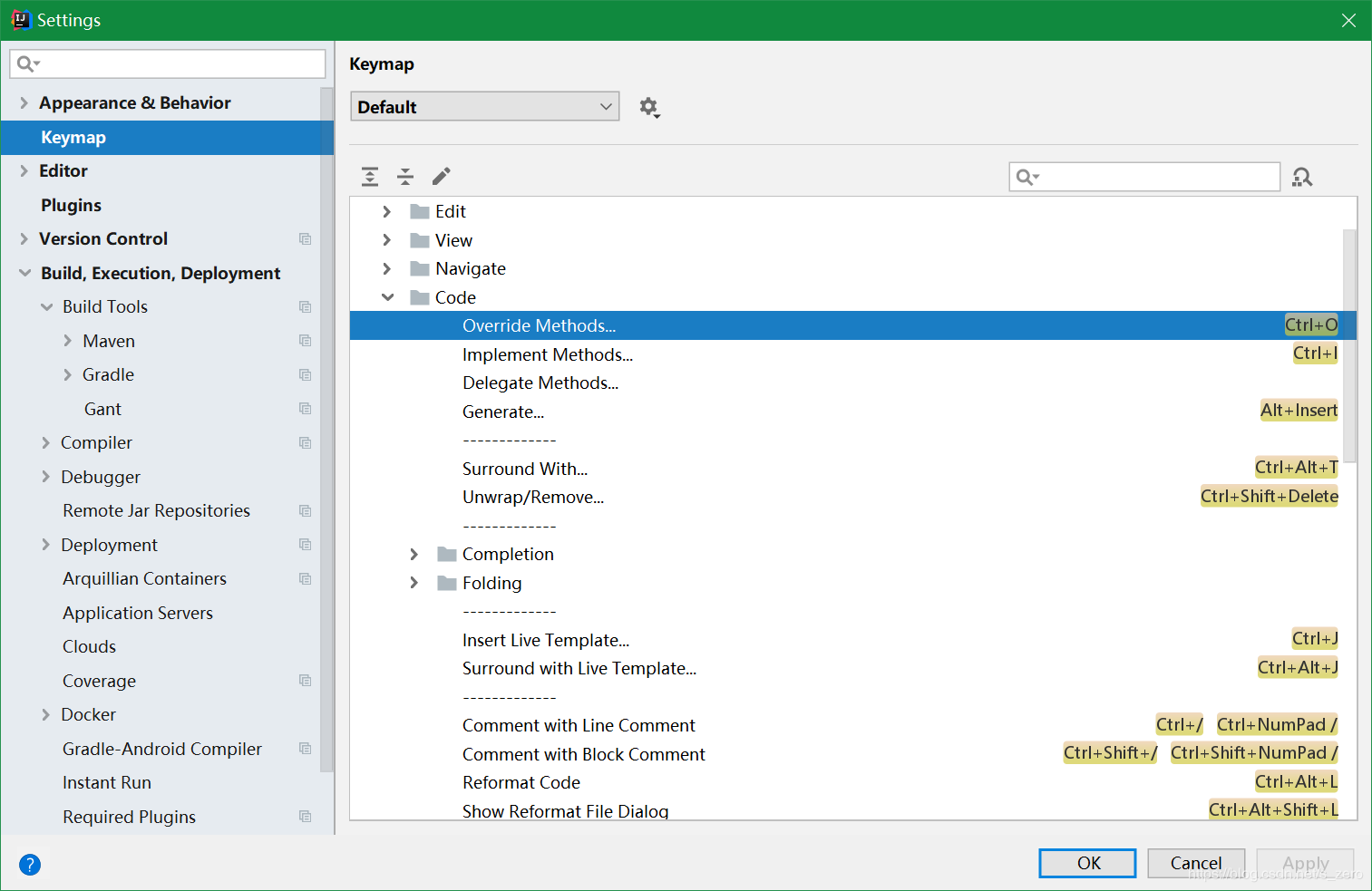Vue3最常见的10道面试题:含答案和代码示例的练习题
本文列举了10道Vue3面试题,每道题都包含了答案和代码示例,希望对你的面试有所帮助。
- 什么是Vue3?
Vue3是Vue.js的下一个主要版本,它带来了很多重要的改进和新功能,包括更快的渲染速度、更好的类型支持、更好的组合API等。
- 什么是Composition API?
Composition API是Vue3中的新功能,它允许开发者按照功能而不是选项的方式组织代码,从而使代码更易于理解和维护。
- 如何在Vue3中创建一个组件?
在Vue3中创建一个组件非常简单,只需使用defineComponent函数定义一个组件,并在其中编写模板和逻辑。
import {defineComponent } from 'vue'export default defineComponent({name: 'MyComponent',template: `<div><h1>Hello, {{ name }}!</h1></div>`,props: {name: String}})
- Vue3中如何定义和使用响应式数据?
在Vue3中,可以使用ref和reactive函数定义和使用响应式数据。ref函数用于定义单个响应式数据,而reactive函数用于定义包含多个响应式数据的对象。
import {ref, reactive } from 'vue'const count = ref(0)const user = reactive({name: 'Alice',age: 18})
- 如何在Vue3中使用组合API?
在Vue3中,可以使用setup函数来使用组合API。setup函数必须返回一个对象,其中可以包含响应式数据、计算属性、方法等。
import {defineComponent, ref } from 'vue'export default defineComponent({setup() {const count = ref(0)const increment = () => {count.value++}return {count,increment}}})
- 如何在Vue3中创建一个自定义指令?
在Vue3中,可以使用directive函数创建一个自定义指令。directive函数需要传入两个参数,第一个参数是指令名称,第二个参数是指令对象,其中包含bind、update、unbind等生命周期函数。
import {directive } from 'vue'const myDirective = directive('my-directive', {mounted(el, binding) {// 在元素挂载时调用},updated(el, binding) {// 在元素更新时调用},unmounted(el, binding) {// 在元素卸载时调用}})export default myDirective
- 如何在Vue3中使用Teleport组件?
在Vue3中,可以使用Teleport组件将组件的输出渲染到指定的DOM节点中。Teleport组件需要传入一个target属性,指定要渲染到的DOM节点。
import {defineComponent } from 'vue'export default defineComponent({template: `<teleport to="#modal"><div><!-- 这里是弹窗的内容 --></div></teleport>`})
- 如何在Vue3中使用Suspense组件?
在Vue3中,可以使用Suspense组件在异步组件加载完成前显示占位内容。Suspense组件需要传入一个fallback属性,指定要显示的占位内容。
import {defineAsyncComponent } from 'vue'const AsyncComponent = defineAsyncComponent(() =>import('./AsyncComponent.vue'))export default {template: `<suspense><template #default><AsyncComponent /></template><template #fallback><div>Loading...</div></template></suspense>`}
- 如何在Vue3中使用Provide/Inject?
在Vue3中,可以使用provide函数提供数据,然后在子组件中使用inject函数注入数据。provide和inject可以方便地实现跨层级组件之间的数据共享。
import {provide, inject } from 'vue'const MyComponent = {setup() {const foo = 'bar'provide('foo', foo)}}const MyChildComponent = {setup() {const foo = inject('foo')return {foo }}}
- 如何在Vue3中使用全局API?
在Vue3中,可以使用createApp函数创建一个应用实例,并使用全局API注册组件、指令、插件等。
import {createApp } from 'vue'import MyComponent from './MyComponent.vue'import MyDirective from './MyDirective.js'import MyPlugin from './MyPlugin.js'const app = createApp()app.component('my-component', MyComponent)app.directive('my-directive', MyDirective)app.use(MyPlugin)app.mount('#app')
以上是本文的前10道Vue3面试题,希望对你有所帮助。如果你想了解更多Vue3的知识,请继续阅读本文的后续内容。



































还没有评论,来说两句吧...